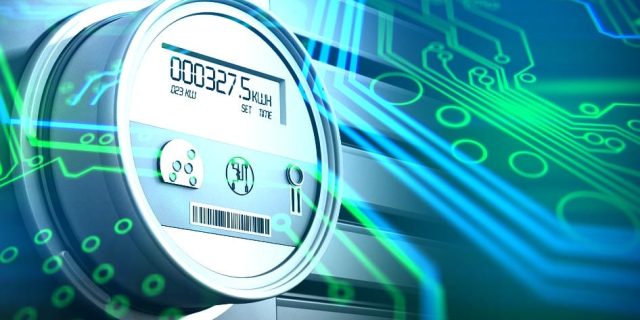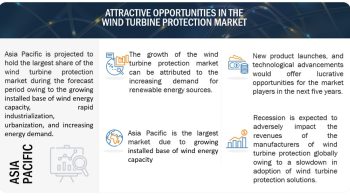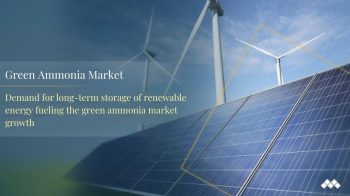
The Smart Water Metering market is expected to grow at a CAGR of 11.6% during the forecast period, from an estimated USD 3.7 billion in 2022 to USD 6.4 billion in 2027.
The rising urban population is creating opportunities for the development of smart cities, which ultimately is driving the demand for smart water metering infrastructure development on a larger scale. Global worries about water shortages, as well as the need for sustainable water management, provide potential for smart water metering systems. Governments and utilities are likely to invest in water usage monitoring and conservation systems.
Download PDF Brochure: https://www.marketsandmarkets.com/pdfdownloadNew.asp?id=250996975
In the face of climate change and extreme weather events, the necessity for robust water infrastructure presents potential for smart water metering systems. Solutions that contribute to adaptable and resilient water systems are expected to achieve market momentum. Government and regulatory organizations’ stringent laws and obligations about water conservation and precise billing encourage the deployment of modern smart water meters. Compliance is frequently prioritized by utilities.
The water utilities segment accounts for the largest share of the global smart water metering market. The water grid used for the distribution of water is a key part of water utilities infrastructure. Currently, water utilities are concerned about leakage detection and prevention, which results in large volumes of water loss. Significant developments in smart metering infrastructure is driving the market growth.
AMR is a system and process used to remotely collect water meter data without the physical presence of personnel at the reading point. AMR is a key driver of proficiency for water utilities by lowering operational costs by optimizing maintenance and reducing human intervention in the measurement operation. An effective AMR system can only work if the water meter has a connectivity point such as a pulse out where a radio transmitter will be attached to it. North America and Europe are the regions mostly implementing this technology. Other regions have also started implementing this metering infrastructure to reduce non-revenue water.
Market Segmentation
Based on Meter type:
- Ultrasonic Meters
- Electromagnetic Meters
- Smart Mechanical Meters
Based on technology:
- AMI
- AMR
Based on Component:
- Meter & Accessories
- IT Solutions
- Communications
Based on application:
- Water Utilities
- Industries
Based on region:
- Asia Pacific
- Europe
- North America
- Middle East & Africa
- South America
Ask Sample Pages: https://www.marketsandmarkets.com/requestsampleNew.asp?id=250996975
Consumers’ growing awareness of the need of water conservation and sustainability has resulted in a greater acceptance of smart water meters. Consumers are growing increasingly willing to use technology that allow them to better monitor and manage their water usage.
Between 2022 and 2027, Asia Pacific is predicted to be the fastest-growing area for the worldwide smart water metering market, followed by North America and Europe. Under its smart cities program, the government is actively promoting water metering across the regions. The expanding population, together with rising agricultural demand, will further enhance the business landscape.


